Next Generation Precision Medicine Program
There is an urgent need for new and more precisely targeted medicines to treat childhood cancers. Currently, genomic sequencing is used to identify discrete mutations that could predict a child’s responses to targeted therapies. However, fewer than one in five children with cancer are found to have actionable mutations. And of those children, only half respond to the therapies that are available.
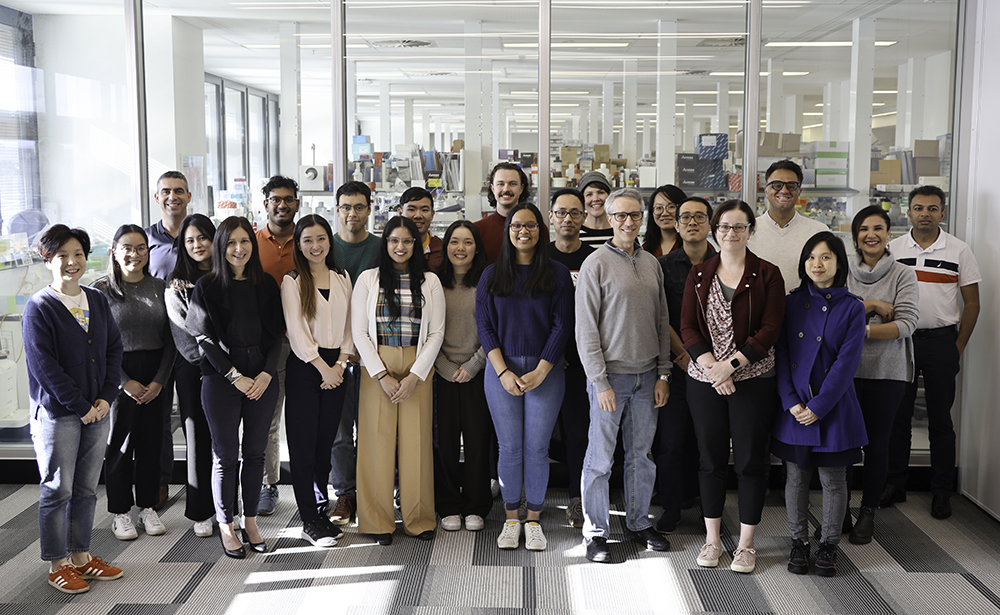
New treatment options are needed, particularly for paediatric cancers that have the poorest survival rates such as brain and soft tissue tumours.
The Next Generation Precision Medicine Program is a flagship program of the Victorian Paediatric Cancer Consortium (VPCC) led by Hudson Institute’s Professor Ron Firestein, a clinician-scientist and the Head of the Centre for Cancer Research at Hudson Institute. The Program is focused on
- Generating novel models of childhood cancers that faithfully represent a patient’s tumour
- Characterising those models at a multi-omics level (genome, transcriptome, epigenome, proteome) to find what makes them unique
- Using comprehensive functional genomic screens that can identify the genetic drivers and dependencies of low-survival paediatric cancers
- Developing a childhood cell line atlas and data portal to enable cohort-level integrative genomic analyses.
Childhood Cancer Model Atlas (CCMA)
The Childhood Cancer Model Atlas (CCMA) was created through this program. As the largest collection of high-risk paediatric solid tumour cell lines in the world, the CCMA is one of the most valuable resources available for childhood cancer researchers globally. It provides a collection of well annotated and characterised models of childhood cancer with associated functional genomics screens and includes a searchable data portal that can be accessed by scientists worldwide. This open-source approach, couple with precise, detailed data, helps scientists anywhere collaborate and drive clinical translation to help sick children.
Team members

Professor Ron Firestein
Centre Head, Centre for Cancer Research and Co-lead, VPCC
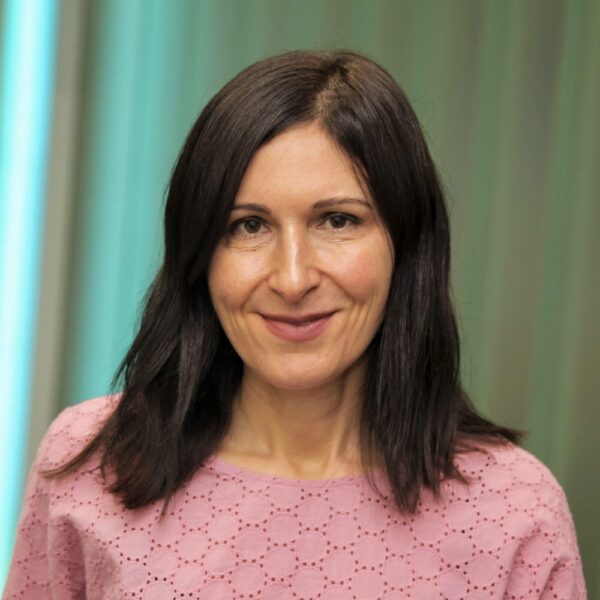
Naama Neeman
Head of Program Operations, Childhood Cancer
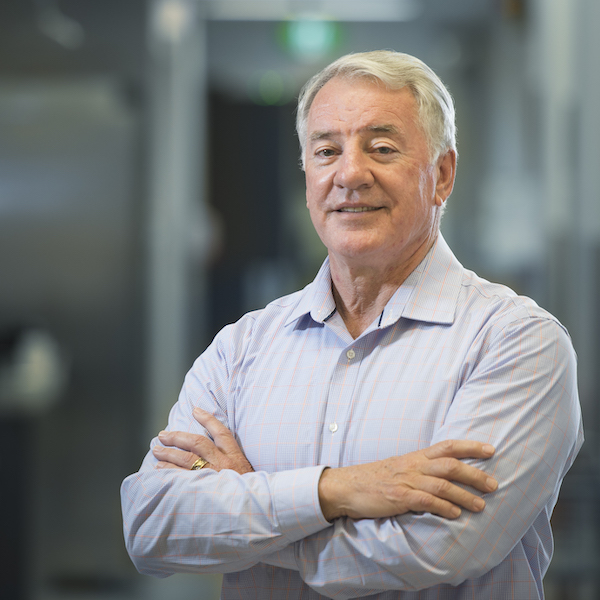
Professor Bryan Williams
Distinguished Scientist
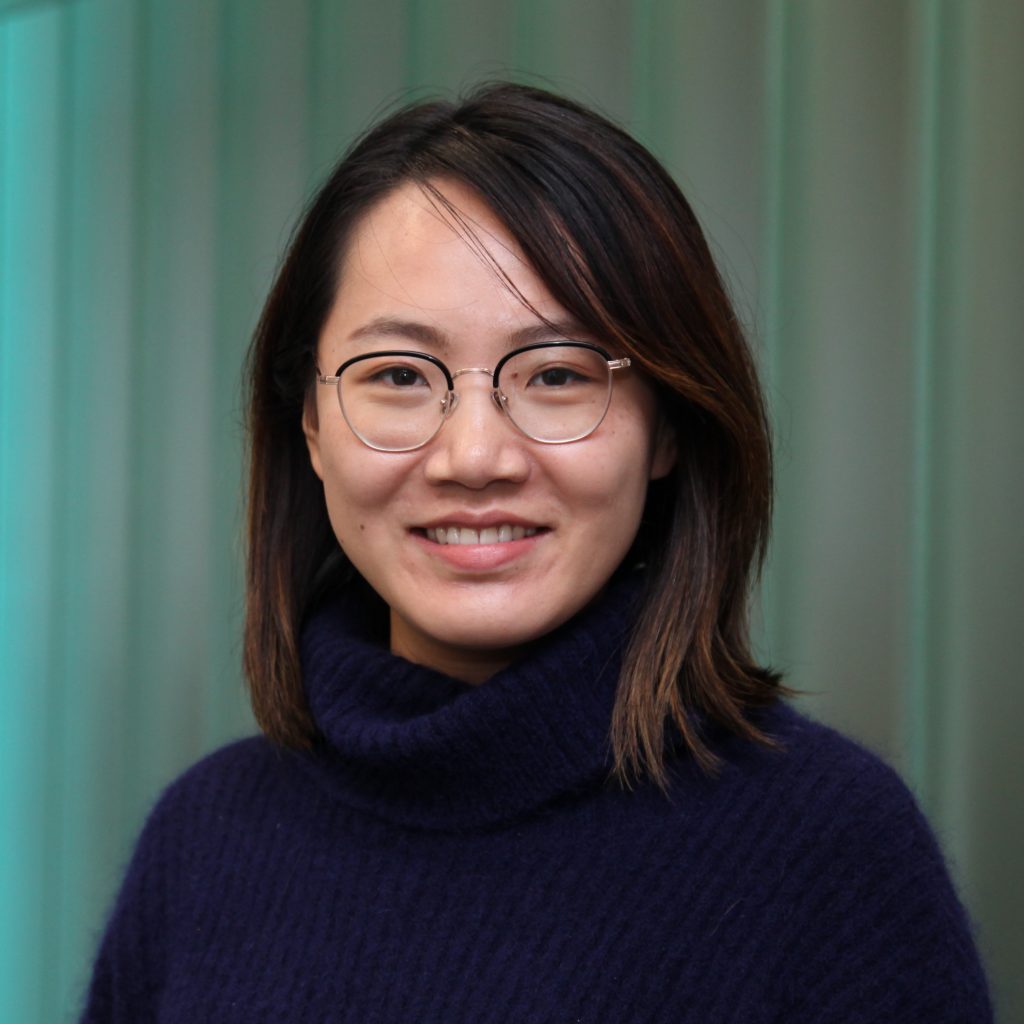
Dr Xin (Claire) Sun
Bioinformatics Team Leader
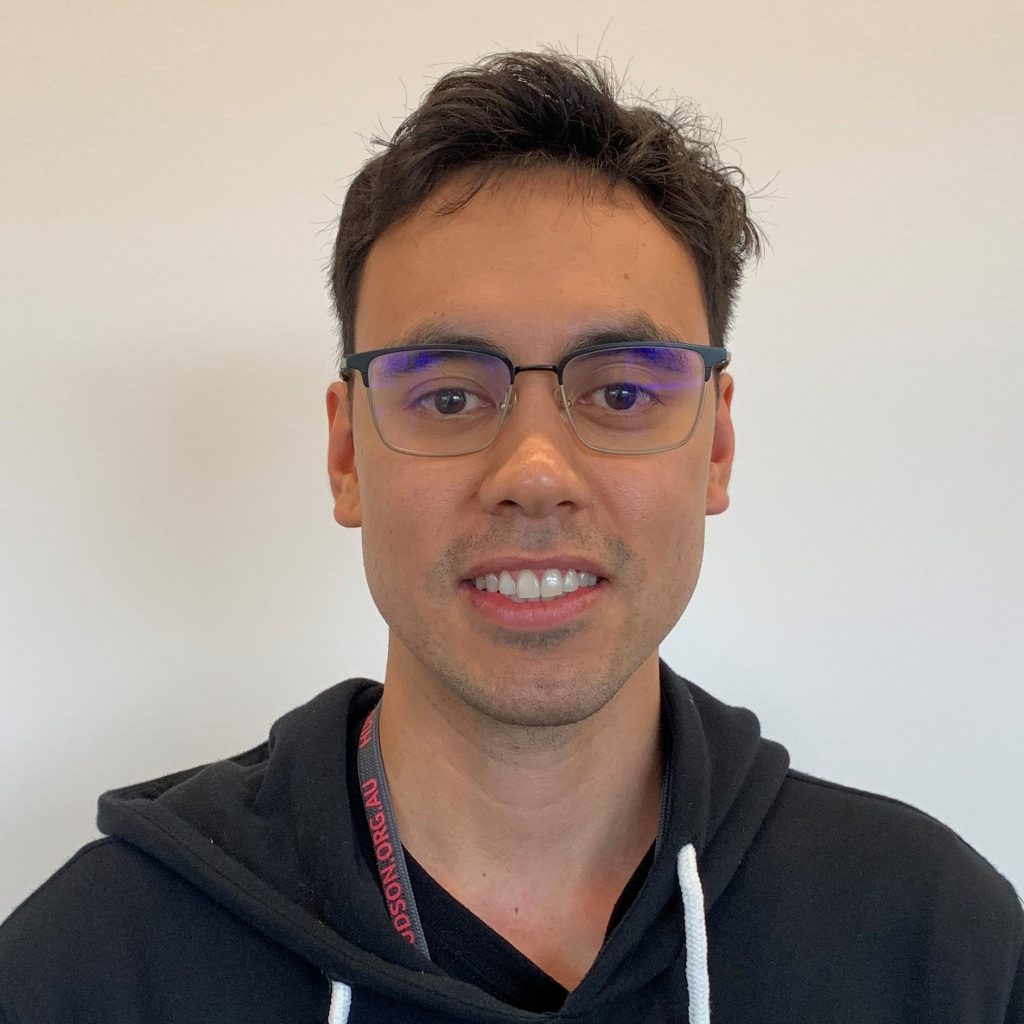
Dr Paul Daniel
Senior Postdoctoral Research Fellow

Dr Vanessa Tsui
Postdoctoral Researcher, Functional Genomics – funded by Robert Connor Dawes Foundation
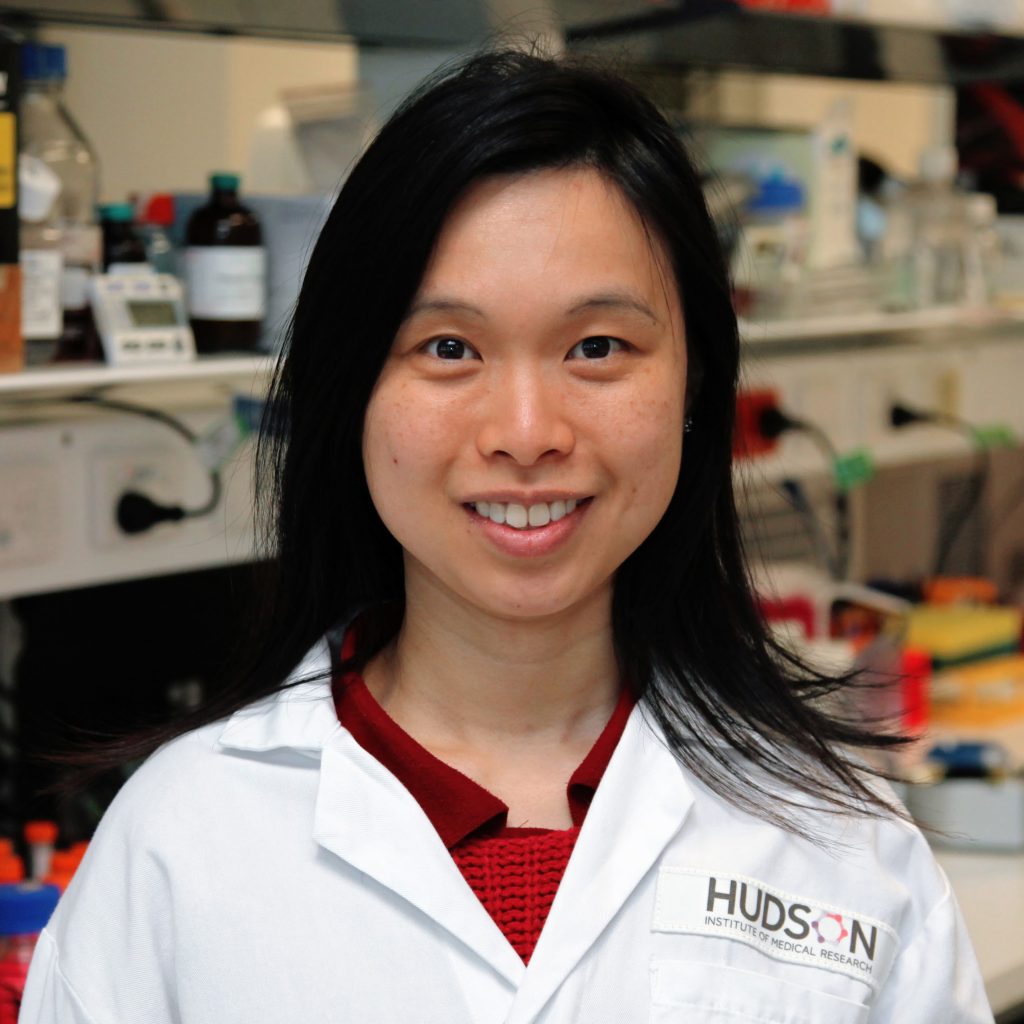
Melissa Loi
Technical Sequencing Specialist
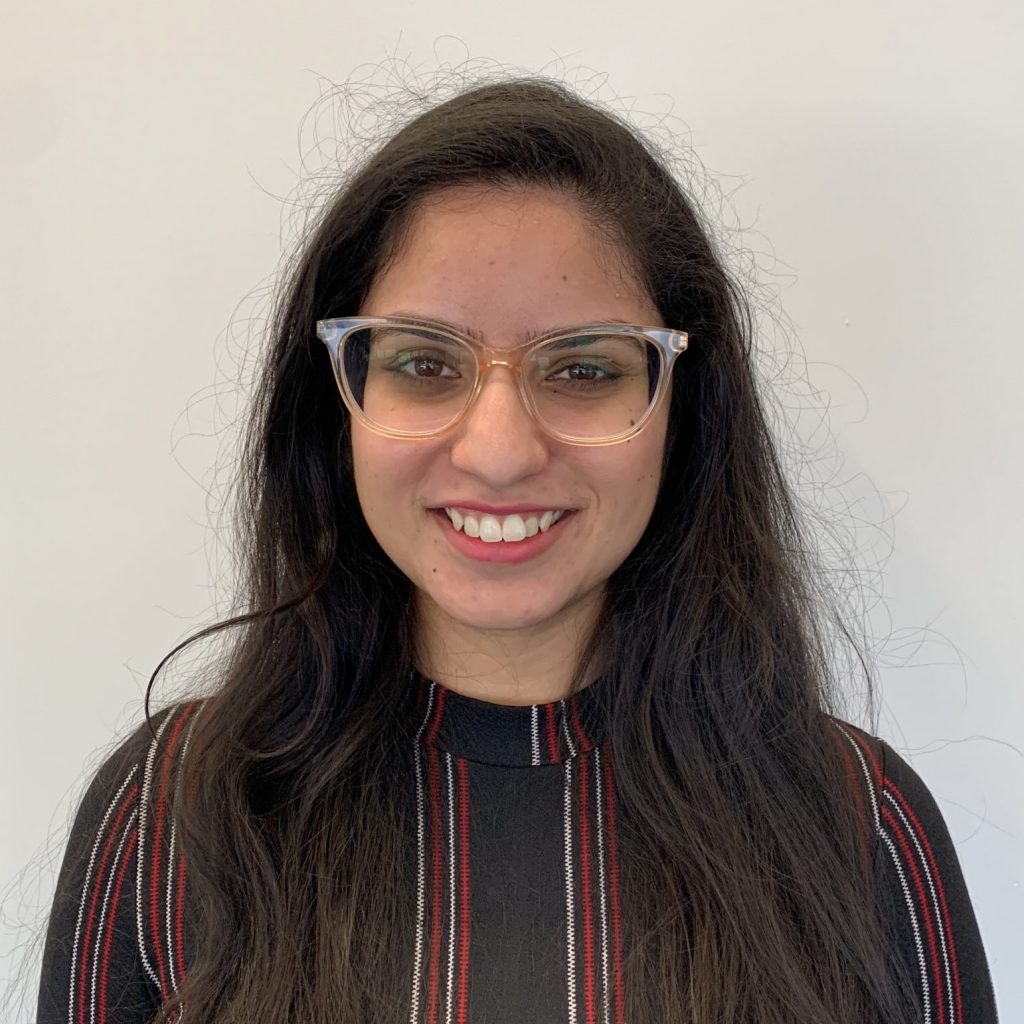
Rajithri (Dilru) Habarakada
Biobank Specialist

Dr Nicole Chew
Senior Organoid Specialist
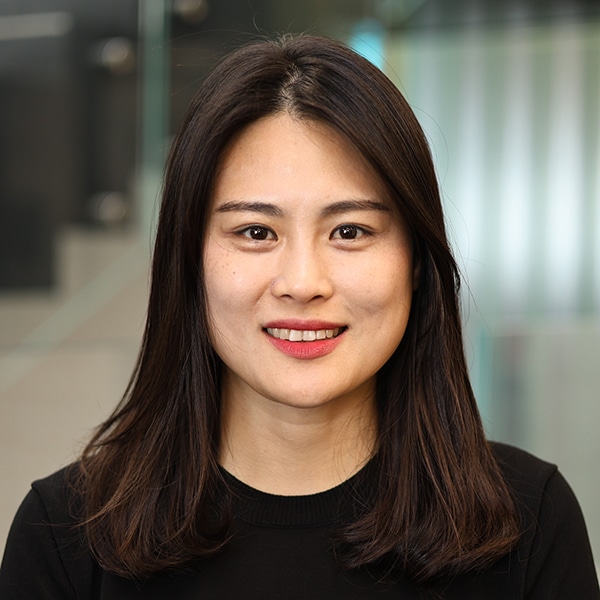
Dr Hanbyeol Lee
Postdoctoral Scientist
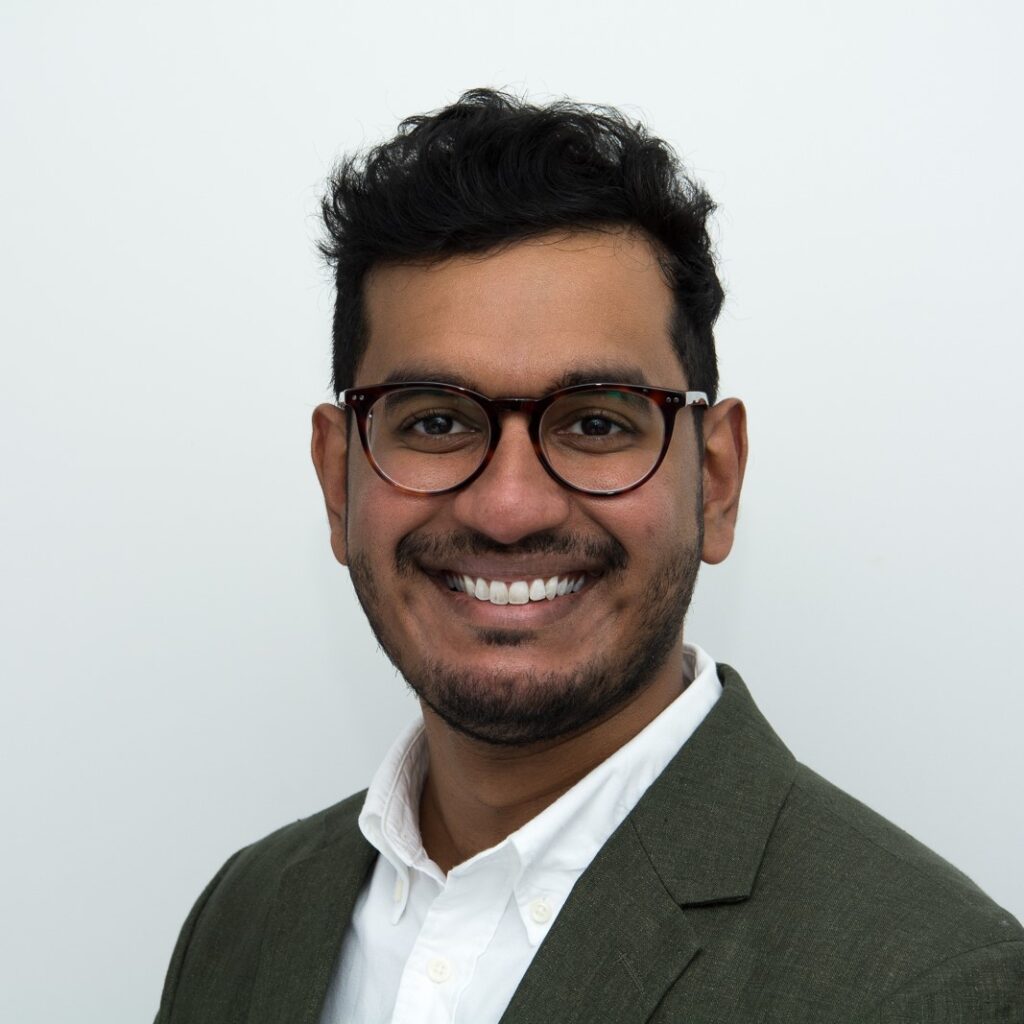
Vikesh Ajith
Bioinformatics Research Assistant
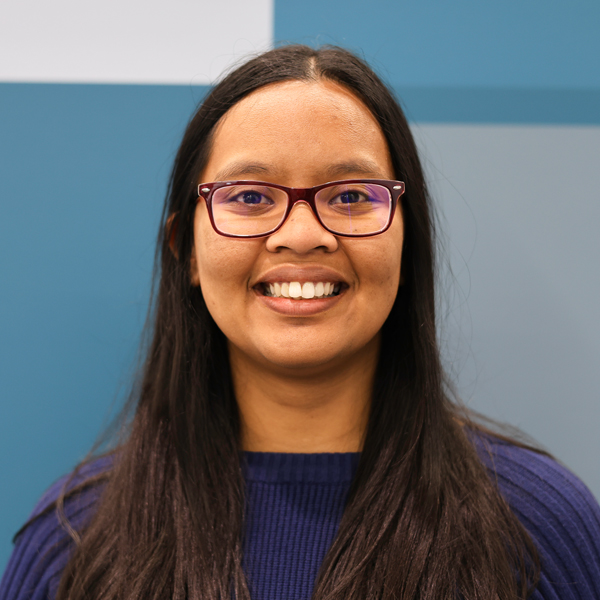
Shazia Adjumain
Gideon Gratzer PhD Scholar – funded by Robert Connor Dawes Foundation
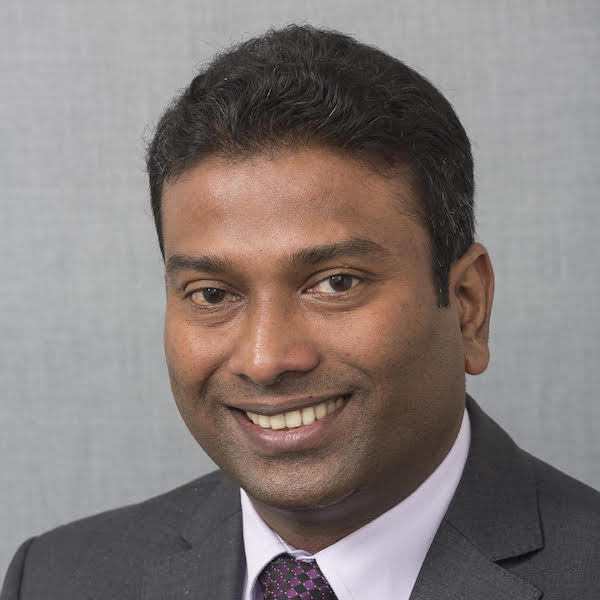
Samitha Amarapathy
PhD student, Faculty of IT, Monash University

Dr Yichen Zhou
Postdoctoral Scientist
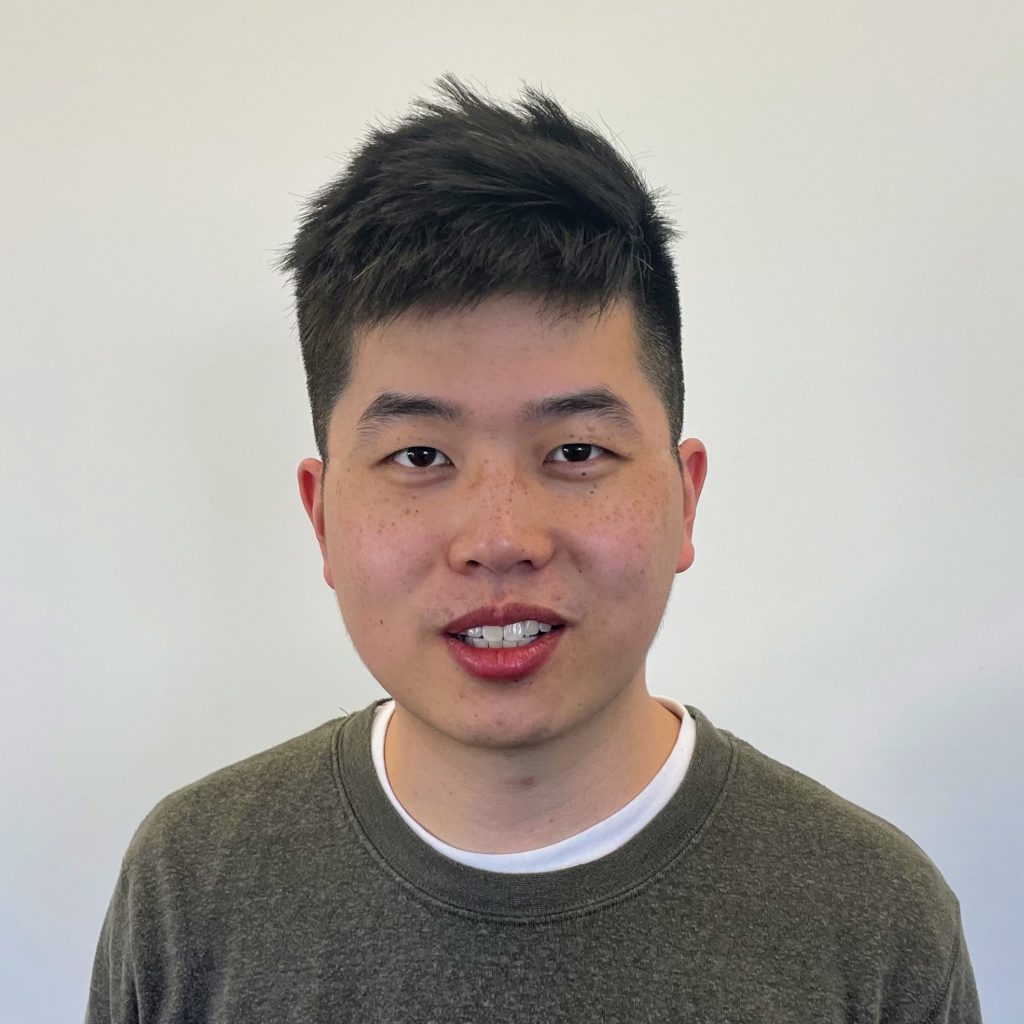
Hugh Gao
PhD Student

Dr Yuqing Liang
Children’s Cancer Foundation PhD Student

Bao Le
Junior Research Assistant

James Cooper
Research Assistant
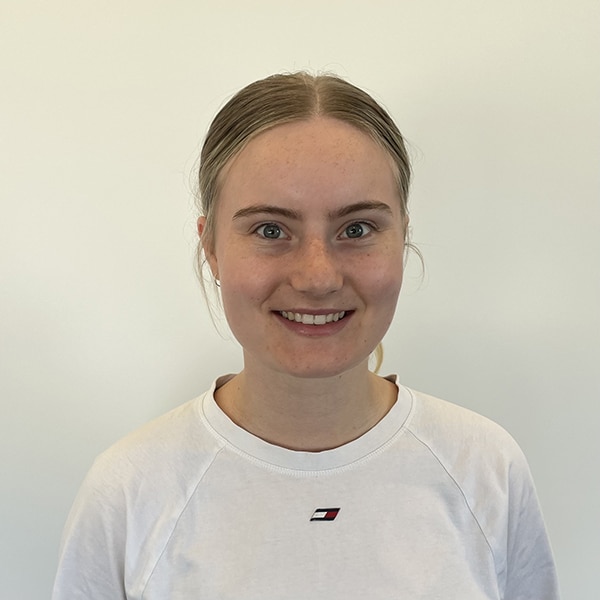
Lily Fraser
Honours Student
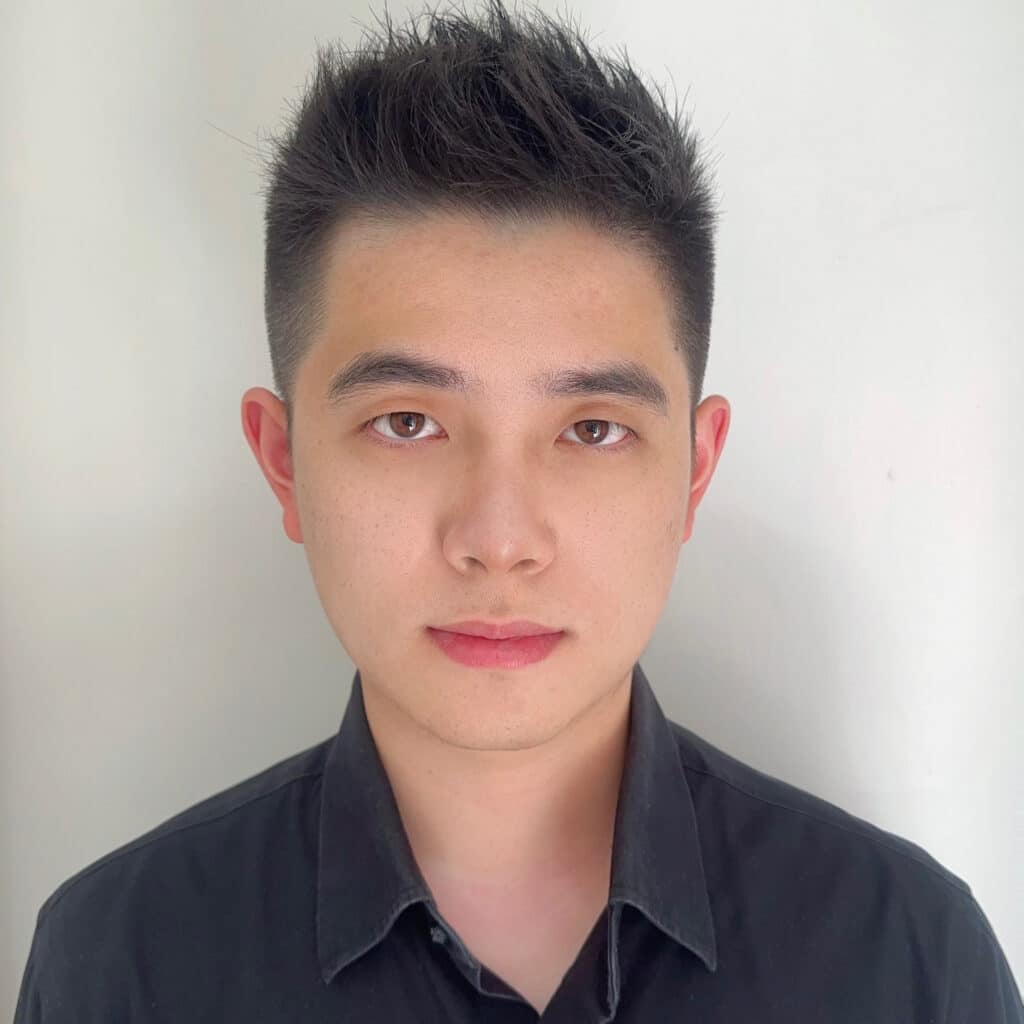
Dingyin Sun
PhD Student

Huiyu (Nova) Shi
Research Intern – Volunteer
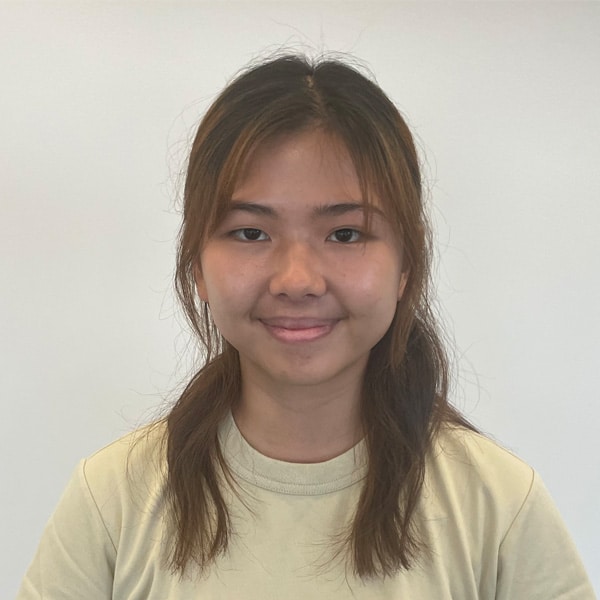
Abigail Yoel
Visiting Scholar
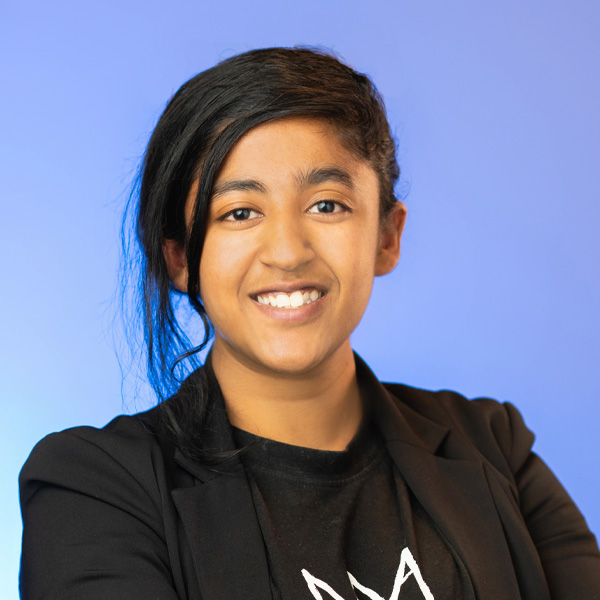
Ishika Mahajan
Research Assistant – Volunteer

Alfredo Cerimele
Visiting Scholar
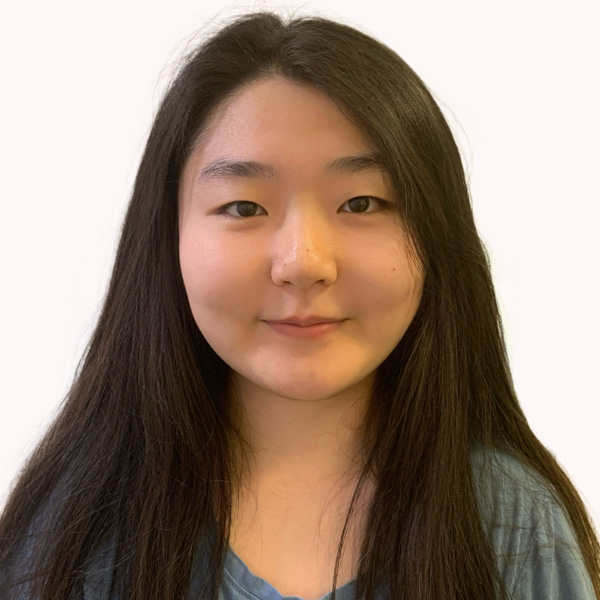
Yiwen Guan
Research Assistant – Volunteer
Collaborators
Prof David Eisenstat – The Royal Children’s Hospital/Murdoch Children’s Research Institute
A/Prof Peter Downie – Monash Children’s Hospital
A/Prof Sefi Rosenbluh – Monash University
A/Prof Paul Ekert – Children’s Cancer Institute
Prof Roger Daly – Monash University
Dr Pouya Faridi – Monash University
A/Prof Paul Neeson – Peter MacCallum Cancer Centre

